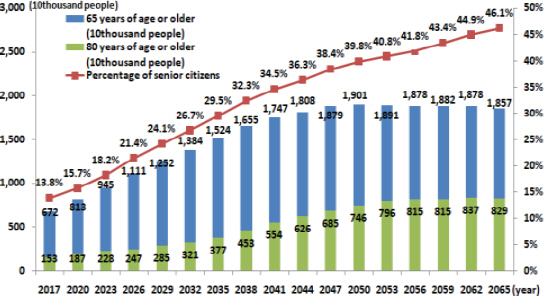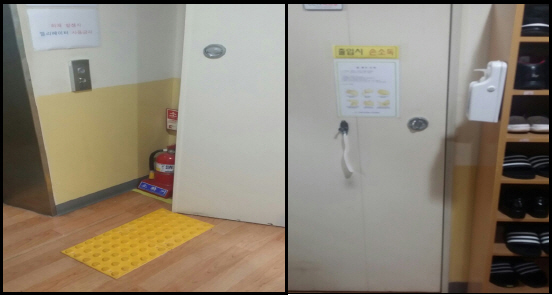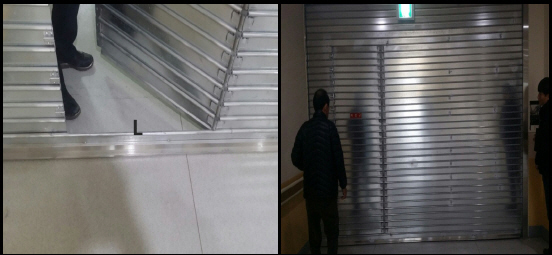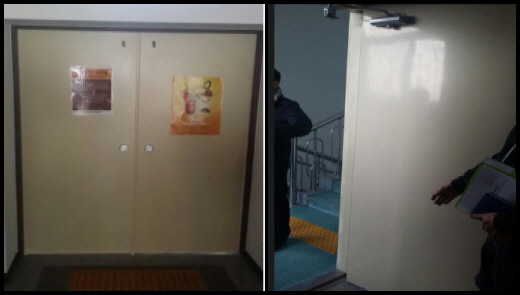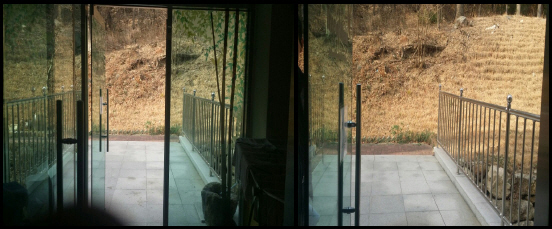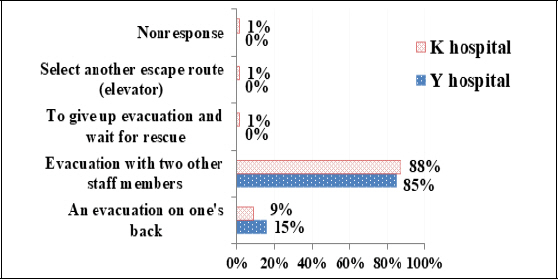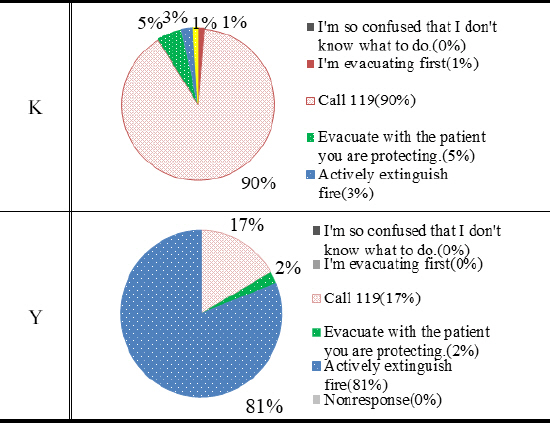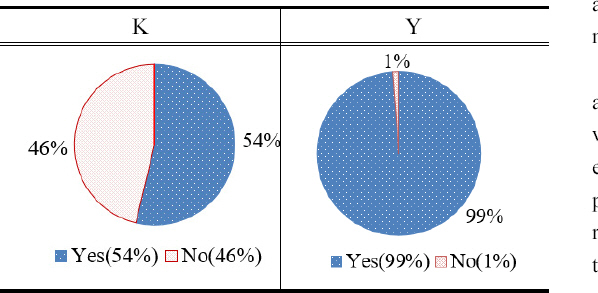1. Korean Statistical Informations Service, Polulation Census, 2021.07.
2. Korean Convalescent Hospital Association, 2020 Long-term Care Hospital White Paper,
http://www.k-cha.co.kr/, 2021.06.
3. Y. J Kim, ŌĆ£A Study on the Reform of the Evacuation Planning System in the Nursing Home for the ElderlyŌĆØ, Master's Thesis, The University of Seoul Graduate School, (2008).
4. J Chae, S. C Woo and Y Hasemi, ŌĆ£A Study of the Fire-Safety Improvement Plan for Elderly Care FacilitiesŌĆØ, Korea Review of Crisis &Emergency Manangement, Vol. 7, No. 2, pp. 57-74 (2011).
5. J. S You, ŌĆ£A study of vulnerable factors and enhancement an satety on fire in recuperation facility of aged(Centerd with users characteristics)ŌĆØ, Master's Thesis, The University of Seoul Graduate School, (2013).
6. S. C Kim, ŌĆ£A Study on the Improvement Plan of Fire Safety in Nursing Homes for the ElderlyŌĆØ, Master's Thesis, The University of Seoul Graduate School, (2017).
7. J. H Seo, ŌĆ£A Study on the Improvement of Fire Safety Management in a Medical Care HospitalŌĆØ, Doctoral Thesis, Graduate School of Mokpo National University, (2015).
8. N. G Im, ŌĆ£A Study on Evacuation Safety on Fire at the Aged Welfare FacilitiesŌĆØ, Master's Thesis, Graduate School of Construction Engineering and Industry Kyonggi University, (2014).
9. J. S Song, ŌĆ£A Study on Securing Refuge Area in Nursing HomesŌĆØ, Master's Thesis, Graduate School of Construction Engineering and Industry Kyonggi University, (2015).
10. J. G Choi, ŌĆ£A Study on the improvement for Fire Safety Management of Fire Protection ObjectŌĆØ, Master's Thesis, Graduate School of Dongshin University, (2015).
11. J. C Kim, ŌĆ£A Study of Fire Safety Vulnerability and Enhancement through the Evacuation Experimental in Recuperation Facility AgedŌĆØ, Master's Thesis, Graduate School of Pukyong National University, (2016).
12. H. J Park and Y. J Lee, ŌĆ£ASET Elongation &Notification Time to Fire Stations for the Escape Safety of Aged Bedridden Patients in Elderly Long-term Medical CareŌĆØ, Fire Science and Engineering, Vol. 32, No. 4, pp. 50-59 (2018),
https://doi.org/10.7731/KIFSE.2018.32.4.050.

13. K. W Jwa, S. K Kong and J. H Park, ŌĆ£A Study on Facility Standards and a Spatial Combination of Geriatric Hospital nd Geriatric CenterŌĆØ, Korea Institute of Spatial Design, Vol. 13, No. 6, pp. 241-250 (2018),
https://doi.org/10.35216/kisd.2018.13.6.241.

14. G Jialu, ŌĆ£Healing Environment Design Strategy For Geriatric Hospital Bedroom through Developing the Checklist Applying WELL Building StandardŌĆØ, Doctor's Thesis, Graduate School of Yeungnam University, (2020).
15. H. S Yeom, ŌĆ£A Study on the Improvement of Evacuation Safety at Long-Term Care Hospitals &Sanatorium for Older Persons through SurveysŌĆØ, Master's Thesis, Graduate School of Pukyong National University, (2020).
16. S. K Shin and J. H Choi, ŌĆ£A Study on the Fire Safety securement through Evaluation of the Evacuation Safety at the Elderly Nursing hospital, in GyeongnamŌĆØ, Proceedings of 2018 Autumn Conference, Korea Institute of Fire Science &Engineering, pp. 83-84 (2018).




